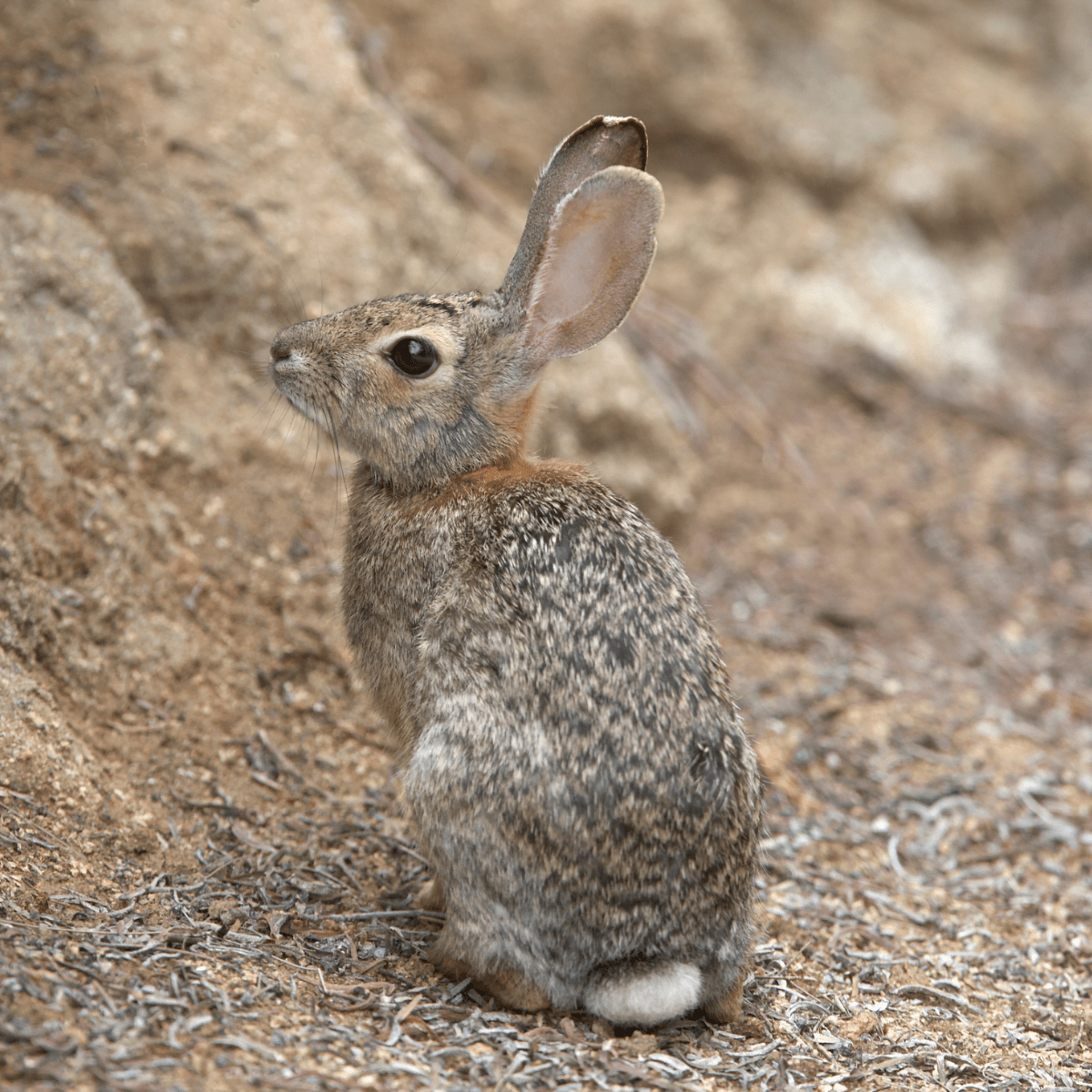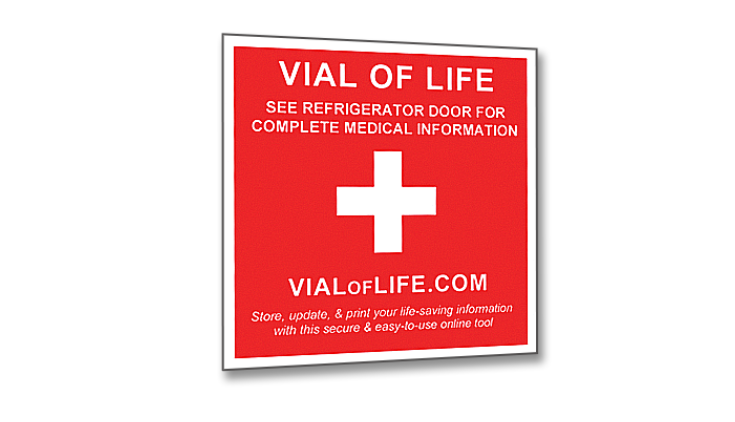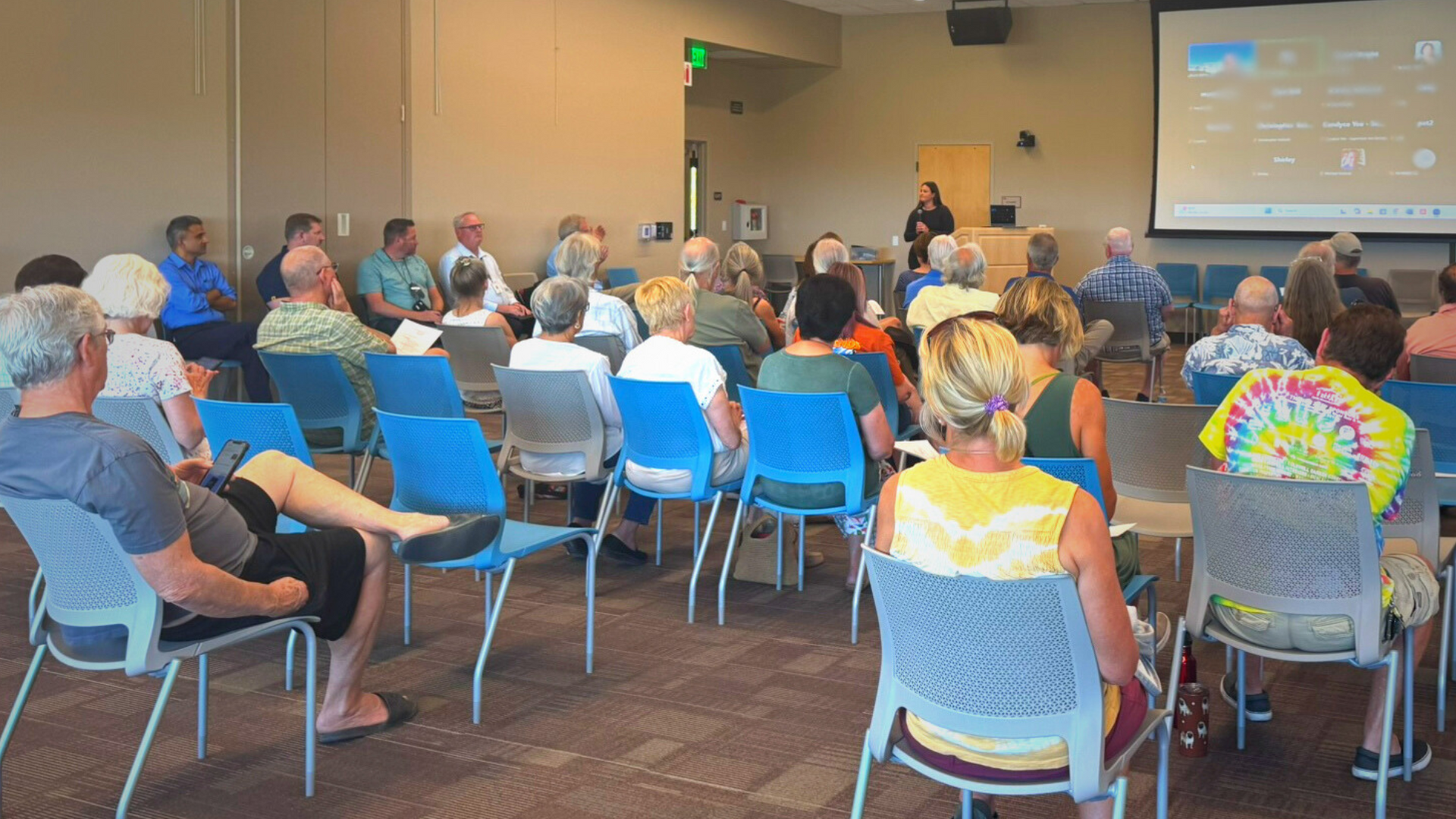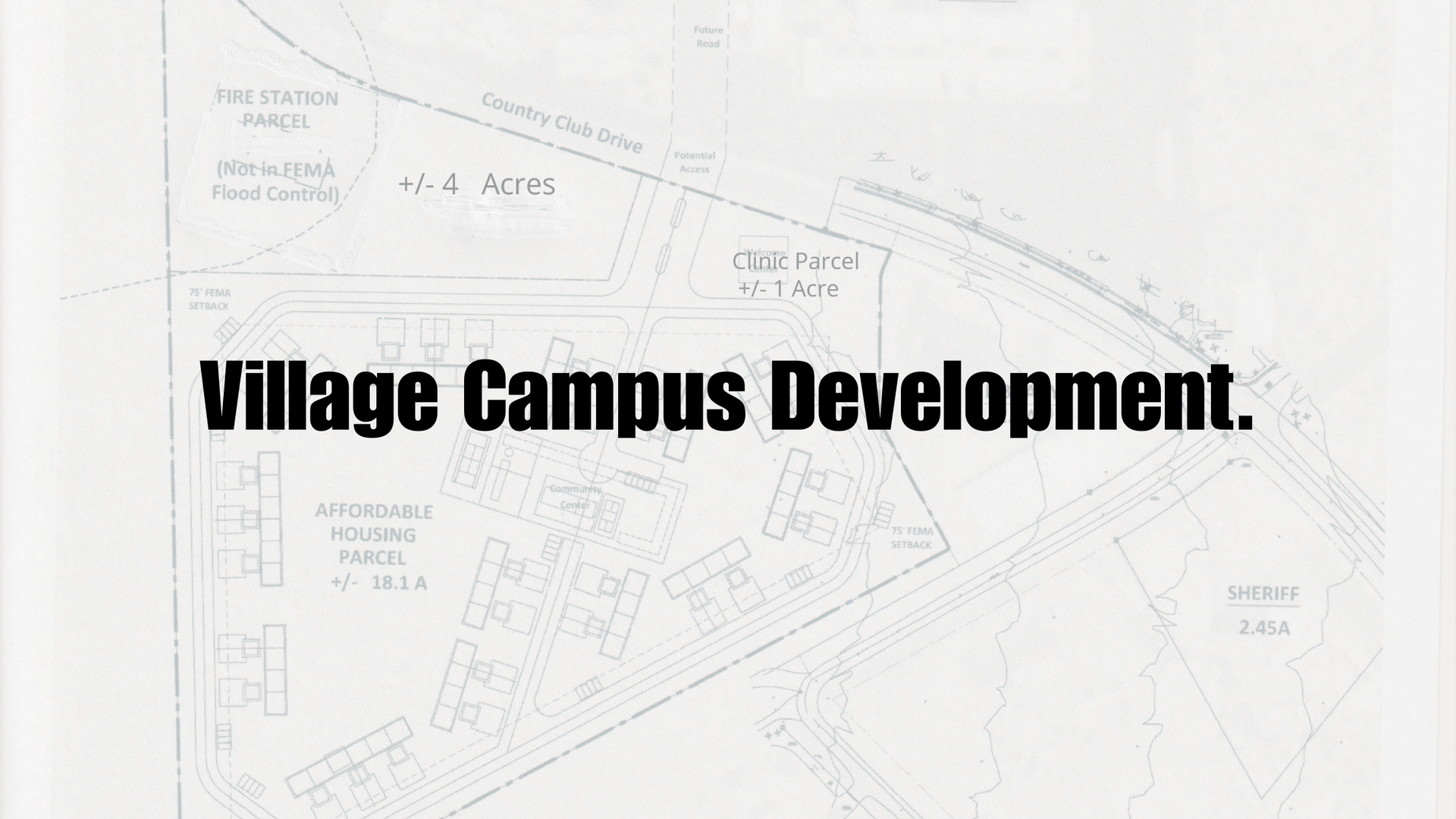Rabbit Haemorrhagic Disease: A Threat to Wild Rabbits in Borrego Springs, San Diego County
Share

Rabbit haemorrhagic disease (RHD) is a serious and often fatal illness that affects wild rabbits in many parts of the State of California and possibly in Borrego Springs based on the rapidly declining rabbit population seen by locals. The virus responsible for RHD is called Rabbit haemorrhagic disease virus (RHDV) and it was first identified in 1984. RHDV is part of a larger group of viruses called rabbit lagoviruses, which also includes non-pathogenic viruses known as RCVs.
RHDV2 in Wild Rabbits in Borrego Springs
RHDV2 is the strain of RHDV that have been identified throughout California in wild rabbit populations; this strain is highly virulent and can cause higher mortality rates in wild rabbits than other strains. This strain has been spreading rapidly throughout California since it was first identified in 2011, and has replaced other strains in most California wild rabbits population.
Wildlife experts and conservationists need to be aware of the potential threat of RHDV2 and take appropriate measures to protect wild rabbit populations in Borrego Springs and other parts of San Diego County. Biosecurity measures such as avoiding human contact with wild rabbit populations and not feeding them with domestic rabbit food, and promoting research to understand how to prevent the spread of this disease are crucial to protect wild rabbit populations in Borrego Springs and nearby Anza Borrego State Park.
Disease Occurrence
Rabbit haemorrhagic disease (RHD) is a highly contagious and often fatal illness that affects adult wild and domesticated rabbits of the Oryctolagus cuniculus species. Young rabbits, those under 6 to 8 weeks old, may be infected but show no symptoms, however, they may develop a specific humoral response. Unvaccinated animals are particularly vulnerable to severe losses, and on intensive farms, the death rate can vary depending on the strain of the virus.
RHDV/RHDVa, the classic strain, can be particularly deadly with a mortality rate of 80-90%. However, the newer strain RHDV2 can have a more variable mortality rate, ranging from 5 to 70%. This disease can also devastate wild rabbit populations in San Diego County, particularly when it is first introduced. RHDV is highly contagious and can spread very easily.
Note: EBHSV is a virus that can also cause a disease similar to RHD in cottontails (Sylvilagus floridanus)
Hosts
RHD affects wild and domesticated members of Oryctolagus cuniculus , the European rabbit.
List of Oryctolagus cuniculus (Rabbits)
- Domestic rabbit European rabbit Wild European rabbit
- Common rabbit
- Domestic hare
- European hare
- Belgian hare
- Flemish giant
- French lop
- Giant papillon
- Giant rex
- Hotot
- Holland lop
- Jersey wooly
- Lop-eared rabbit
- Mini lop
- Netherland dwarf
- Polish rabbit
- Satin rabbit
- Silver marten
- Tan rabbit
- Thrianta
It’s worth noting that Oryctolagus cuniculus is the scientific name for the European rabbit, which is the most common domesticated rabbit and also exists in the wild. Many breeds of domestic rabbits are derived from European rabbits.
While rabbits of all ages can get infected, young rabbits under 6-8 weeks old usually do not show symptoms if infected with the classical strain RHDV/RHDVa. However, if infected with RHDV2, young rabbits as young as 15-20 days old can become ill and die.
RHDV/RHDV has not been found to infect other animals, including animals that eat rabbits. Scientists have also tried giving the virus to 28 different animals, but it did not cause any illness, and the virus did not multiply in their bodies.
Transmission
- Direct contact with infected animals through the oral, nasal or conjunctival routes.
- Exposure to an infected carcass or hair from an infected animal.
- By means of fomites, including contaminated food, bedding and water.
- Experimental transmission by oral, nasal, subcutaneous, intramuscular, or intravenous routes.
- Importation of infected rabbit meat. This could be one of the main means of transmission of RHD to a new area. Meat contains high levels of virus-infected blood, which survives freezing well.
- Mechanical transmission. Flies and other insects are very efficient mechanical vectors; only a few virions are needed to infect a rabbit by the conjunctival route. Wild animals can transmit the virus mechanically. Although virus replication does not seem to occur in predators or scavengers, these animals (dogs, foxes, etc.) can excrete RHDV in faeces after eating infected rabbits.
- How long rabbits that have recovered from RHD may remain infectious remains unknown. A low level of serum antibodies is sufficient to protect rabbits from the disease, but infection at the intestinal level could occur with shedding of the virus in the faeces. High sensitivity PCR demonstrated a long-term persistence (up to 2 months) of the viral RNA in recovered or vaccinated and then infected rabbits. Whether this is due to real and active persistent or latent RHDV infections is still to be demonstrated.
Sources of virus
- The liver has the highest virus titre, followed by the spleen and serum.
- Most or all excretions, including urine, faeces and respiratory secretions, are thought to contain virus.
- Rabbit meat contains virus by virtue of its high blood supply.
Control Measures
Additionally, monitoring wild rabbit populations for signs of RHD and reporting any suspicious cases to the appropriate authorities can also help to control the spread of the disease.
It is also important to note that wild rabbits in Borrego Springs may be exposed to other strains of RHDV that are circulating in domestic rabbit populations.
In addition to RHDV, other diseases and parasites may also affect wild rabbits in Borrego Springs. Wildlife experts and conservationists need to be aware of these potential threats and take appropriate measures to protect wild rabbit populations.
Protecting wild rabbit populations in Borrego Springs from RHD and other diseases is crucial for preserving these animals and their ecosystem. It is the shared responsibility of wildlife experts, conservationists, rabbit farmers, and the public to take appropriate measures to protect wild rabbit populations and ensure their survival.
Animal and Plant
Health Inspection
Service
June 2020











